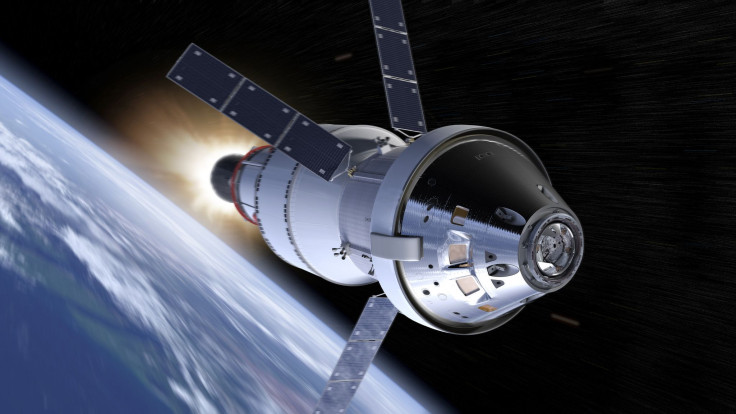What Is The Procedure When An Astronaut Dies In Space?

KEY POINTS
- NASA is prepared to deal with the death of an astronaut while in space
- Promession is a burial process that involves freeze-drying a corpse
- The remains of a dead astronaut will be grounded into fine dust
In case a person dies in space, NASA has a set of procedures astronauts will follow in order to properly dispose of the body. The end result of the procedure is very similar to that of cremation.
Despite the numerous missions to space, astronauts have not yet experienced dealing with the death of a colleague outside Earth. This kind of situation raises questions regarding the proper and safe way of handling a corpse in space.
For short-trip missions, such as those that only involve venturing into low-Earth orbit, it is believed that the spacecraft will immediately return to Earth is someone on board suddenly dies. However, for deep space exploration missions, such as a crewed expedition to Mars, turning back may not be an option due to the duration of the trip.
In this kind of scenario, NASA has a specific set of procedures when it comes to dealing with death in deep space. Around a decade ago, the agency collaborated with a Swedish company known as Promessa, which specializes in providing ecological burials.
The main concept developed by the company is known as promession, which is a more environmentally friendly alternative to cremation. Basically, it involves freeze-drying a corpse so it can be grounded up into tiny dust particles.
Through the collaboration with NASA, Promesa was able to develop a process known as Body Back. This works by placing the human corpse inside a special airtight body bag that looks like a sleeping bag. Similar to promession, the bag containing the body is then brought outside the spacecraft with the help of a robotic arm. It is exposed to space for about an hour to allow the corpse to completely freeze, Business Insider reported.
Once the bag is brought back on board, it will be subjected to a vibration system. The purpose of this system is to shatter the frozen corpse into a fine powder while still inside the bag. Water from the remains is evaporated using microwaves. The Body Back bag containing the grounded remains of the body is then left hanging outside the spacecraft until it reaches its destination.
© Copyright IBTimes 2025. All rights reserved.





















